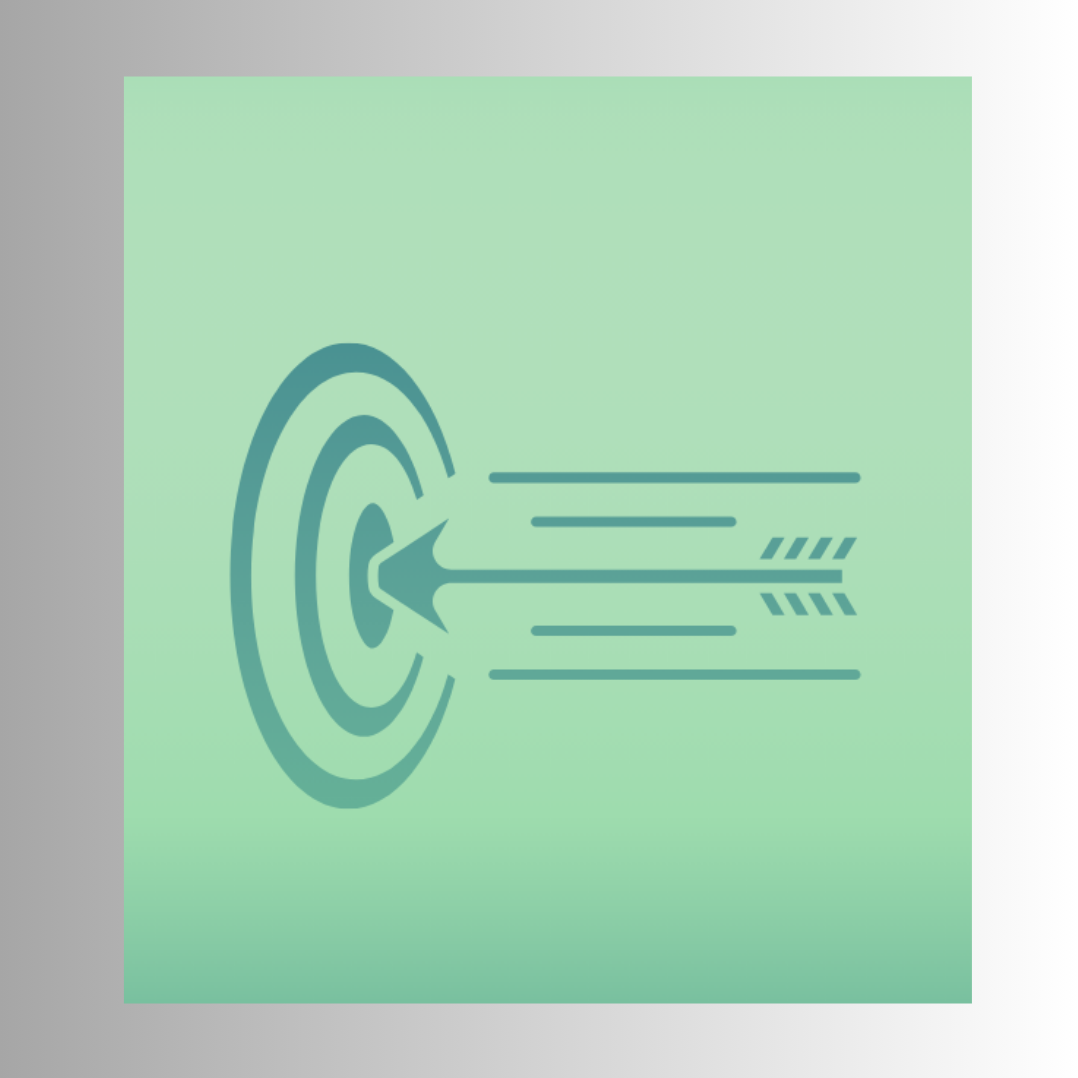
The Psychology of Choice: Why People Pick the Middle Option
Picture this. You are buying coffee, and the menu shows three sizes. Small for $2, medium for $3, and large for $4. Most people walk away with the medium. It feels safe, not too cheap, not too expensive. This is the psychology of the middle choice. Marketers know it well and use it every day. By shaping how options are presented, brands nudge customers toward decisions that feel balanced but are often carefully designed.
Why the Middle Feels Right
Human decision-making is not purely logical. We like to believe we weigh pros and cons carefully, but in reality, we rely on shortcuts. One of those shortcuts is the compromise effect. When faced with three options, people often choose the middle.
The middle feels reasonable. It avoids the risk of looking cheap or excessive. Customers see it as the “smart” choice, even if they never planned to buy it. Psychologists explain this as risk avoidance. Picking the lowest option can feel like missing out on quality. Picking the highest can feel wasteful. The middle is a safe harbor.
Marketers design pricing tables with this in mind. The middle option is often the one the brand wants to sell most. By positioning it between a stripped-down version and a premium upgrade, the middle looks like the best value.
How Brands Use the Compromise Effect
Look at subscription services. A streaming platform might offer a basic plan with limited features, a standard plan with everything most people need, and a premium plan with extras. Most people go for the standard, because it feels balanced. The premium makes the standard look affordable, and the basic makes it look complete.
Fast food chains do the same. The medium meal is pushed hardest. The small exists as an anchor to make the medium seem generous, and the large exists to make the medium look modest. The menu is not designed for variety. It is designed to guide.
Even luxury goods use this trick. A brand may release an extremely high-priced product not to sell it in volume but to make the next tier down feel more accessible. The expensive anchor reframes the middle as sensible rather than indulgent.
The Psychology Behind the Compromise
The compromise effect works because of how people frame value. We rarely judge options in isolation. We compare them. Without a reference, it is hard to know what is fair. But when three options are presented, the brain looks for balance.
This is tied to loss aversion. Choosing the cheapest option feels like losing out on quality. Choosing the most expensive feels like losing money. The middle avoids both losses. It delivers peace of mind, even if it is not the most rational choice.
The effect also plays into identity. People like to see themselves as reasonable. The middle choice supports that self-image. It lets customers say, “I am not cheap, but I am not wasteful either.” Brands know this and design offerings that allow people to justify their decisions.
The Risks of Manipulating Choice
While the compromise effect is powerful, it has limits. If customers feel tricked, trust breaks down. Offering fake extremes to push the middle can backfire. People notice when the highest option is unrealistic or when the lowest is useless. Transparency matters.
Another risk is overcomplication. Too many choices can overwhelm and paralyze customers. The middle works best when options are clear and limited. That is why the three-tier structure is so common. It simplifies comparison while guiding behavior.
Ethical use of the compromise effect means offering real value across all tiers. The middle can be highlighted, but the extremes should still serve a purpose. Customers should feel satisfied no matter what they choose. That satisfaction is what builds loyalty.
Conclusion: Balance as a Sales Tool
The psychology of choice shows why the middle option wins so often. It feels safe, balanced, and reasonable. Marketers design pricing and products with this effect in mind, shaping how people see value. From coffee sizes to subscription plans, the structure of options nudges customers toward decisions they feel good about.
This does not mean people are powerless. Awareness of the compromise effect helps customers recognize when they are being guided. For brands, the lesson is clear too. Use the effect with honesty, and it becomes a tool for clarity and satisfaction. Abuse it, and it risks destroying trust.
At its best, the middle choice is not just a sales tactic. It is a reflection of how people seek balance in uncertain decisions. Brands that understand this psychology connect more deeply with customers by making choices feel easier, safer, and smarter.
